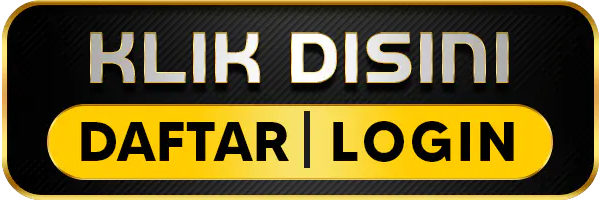hoki88
Hoki88: Daftar Situs Judi Lapak Hoki 88 Slot Online Di Karo88
Hoki88: Daftar Situs Judi Lapak Hoki 88 Slot Online Di Karo88

Karo88 sudah dikenal sebagai situs lapak hoki88 terpercaya di Asia 2024 dengan game hoki 88 slot paling gacor 2024. Jika diantara pemain ingin mencoba atau mencari slot hoki terpercaya di tahun 2024, maka ini adalah salah satu kesempatan emas jangan sampai dilewatkan begitu saja!. Rasakanlah permainan hoki88 slot login yang sangat gampang menang dari judi situs mpo terpercaya dan juga terbaik yaitu Karo88.
Apa Itu Hoki88 Slot Gacor Terpercaya?
Hoki88 Slot Gacor termasuk kedalam situs judi hoki 88 gacor online terpercaya yang telah beroperasi sejak tahun 2010 hingga sekarang. Dengan pengalaman yang cukup lama, sekarang situs judi slot hoki asia login telah berhasil membangun reputasi sebagai salah satu hoki88 situs slot online terbaik dan terpercaya di Indonesia tiada tanding.
10 Daftar Kumpulan Situs Mpo & Judi Slot Lapak Hoki88 Gacor Hari Ini
Jika Anda sudah bergabung bersama karo88 dan mendapatkan akun login kumpulan situs mpo kedalam situs slot hoki terpercaya, pastinya ingin mendapatkan kemenangan mutlak. Oleh karena itu sekarang kita akan memberitahukan 10 daftar permainan di dalam situs hoki88 lagoi gacor dan paling hoki.
- Starlight Princess 1000 :RTP 99.46%
- Pyramid Bonanza : RTP 88.70%
- Mahjong Ways 2 : RTP 98.55%
- Fortune Dragon : RTP 89.80%
- Atomic Kittens : RTP 91.92%
- Valentine Monchy : RTP 93.94%
- Galaxy Guardian : RTP 94.95%
- Clash of the Giants : RTP 96.97%
- Trees of Treasure : RTP 98.90%
- Wild West Gold Megaways : RTP 98.88%
Share
